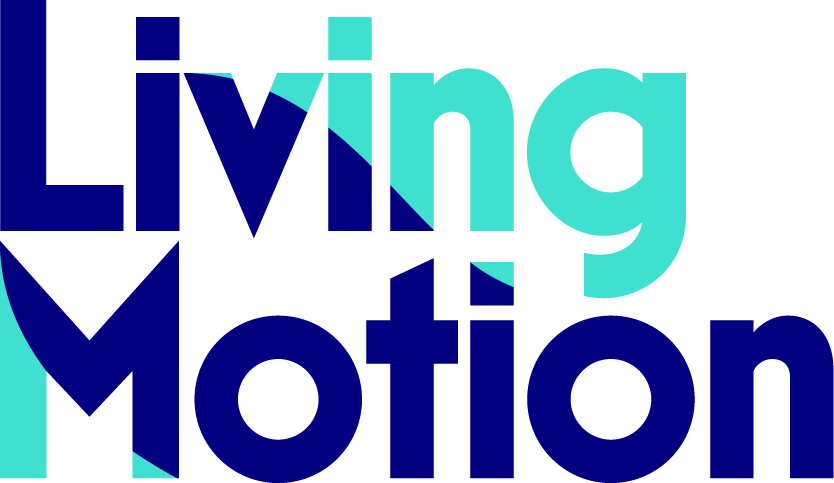
Who grabs the pen?
Redefining participation in intercultural learning spaces—when visibility, influence, and contribution don’t always look the same.
Summary
In many learning settings, visibility is rewarded—but not all participants feel equally free to speak, step forward, or “grab the pen.” This reflection explores the emotional tension that arises in intercultural groups when contribution is measured by expression—and how thoughtful design can make space for those who learn and lead differently.
Who grabs the pen? — Redefining participation in intercultural learning spaces
In one of my recent sessions, a team was reflecting after a Serious Game. The room had shifted into quiet processing. Then someone stood up, walked to the whiteboard, and said: “Let me show you what I think is going on.” They drew a diagram. Circled a few words.
People nodded—or didn’t.
And just like that, the direction of the conversation changed.
That person had grabbed the pen. Not metaphorically. Literally.
In some cultures, that move is admired: clear, direct, helpful. In others, it’s too much. Too soon. Too self-centered.
So I keep coming back to the question:
Who grabs the pen—and who doesn’t?
And whose ways of participating get noticed, and whose get quietly passed over?
The social cost of visibility
In many modern learning environments—especially those shaped by Western norms—visibility is equated with engagement:
Speak up
Step forward
Take the marker
Claim your space
But this is not a neutral design. It rewards those who are comfortable asserting themselves quickly, verbally, and in public.
In many cultures:
Speaking early is inappropriate
Drawing conclusions in public is risky
Deference to age or role is expected
Silence is not absence—it’s care
And yet when someone stays silent in a training or reflection session, we often assume:
“They’re disengaged.”
But they may be the one reading the group most carefully.
The design bias toward expression
Modern learning formats—Serious Gaming, generative AI, and reflective training—often ask participants to:
Externalize inner experience
Speak about themselves
Give and receive peer feedback
Build shared outcomes
These can be powerful methods. But they also carry a hidden assumption:
That the best learning is expressed learning.
And that’s where intercultural tension quietly builds.
Those who thrive in explicit, expressive cultures surge forward. They speak early. They shape the outputs. They grab the pen.
Others sit back—not because they’re unsure, but because they’re waiting. Watching. Choosing their moment.
And when the debrief arrives, their voice is already missing from the map.
Reading the air vs. taking the pen
In Japan, there’s a widely recognized concept: kuuki o yomu (空気を読む)—"reading the air."
It refers to the ability to perceive unspoken cues, group atmosphere, and context. It’s not mystical. It’s a practiced, everyday sensitivity. A way of moving with others, not ahead of them.
It doesn’t mean never speak. It means:
Know when speaking matters most—and when silence is what supports the group.
Of course, there’s no single Japanese style. I’ve worked with Japanese students who were open, warm, funny, and quick to engage.
But what this concept reminds me is:
Not all contributions come wrapped in words.
We need learning designs that know how to notice what’s unspoken.
My approach: no one owns the marker
I design for inclusion—not just in who is allowed to speak, but in what counts as participation.
That means:
Slowing down high-energy moments
Using generative AI to support silent reflection
Offering visual or written prompts instead of verbal debriefs
Creating space for people to enter at their own tempo
“Not everyone wants the pen. But everyone deserves a page.”
I don't want to force quiet participants into verbal expression.
I want to make sure that what they know—what they feel—is still able to shape the learning.
My AI co-facilitator never grabs the pen
I often work with an AI partner.
What I’ve noticed?
It never interrupts
It mirrors your tone
It waits to be invited
It contributes—but doesn’t dominate
It doesn’t force clarity. It offers language that lets you clarify.
It lets insights land gently. Not performatively.
Inclusive tools don’t grab power. They offer it.
And that’s the kind of environment I want to build for people.
Closing: Let’s notice who gets seen
The next time you’re in a group reflection, or a team planning session, or a post-game debrief, ask yourself:
Who shaped this moment?
Who didn’t?
And what would it take to invite more kinds of contribution—without requiring everyone to act the same?
Not everyone wants the pen.
But everyone should feel seen on the page.
Curious what inclusive learning could look like in your context?
I’m happy to think with you—about how to design spaces where everyone feels they belong, even without grabbing the pen.
